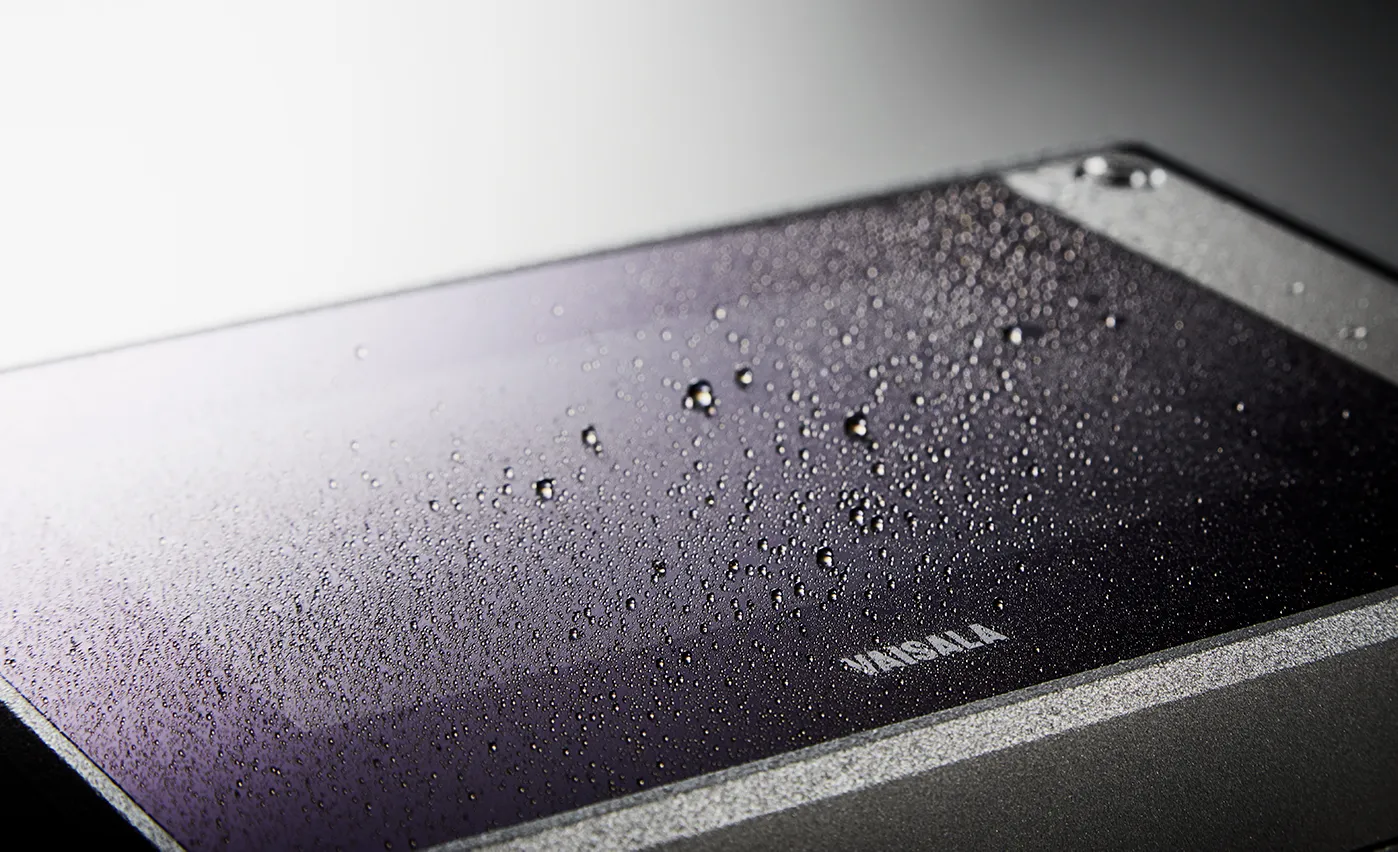
Weather and environmental measurement specialist Vaisala has unveiled its Indigo 520 Transmitter.
The Indigo range can be used in sensors and smart probes measuring temperature and CO2 safety in environments such as parking garages.
The new transmitter can accommodate up to two detachable measurement probes simultaneously, measuring the same, or different, parameters at the same time.
The manufacturer says this "brings enhanced convenience, compatibility and continuous accuracy".
"Data must not only be accurate and reliable, it also needs to be easily accessible and clearly visualised," says Jarkko Ruonala, product manager at Vaisala.
"This way, users can base their decisions on the best possible data, which is where the new Indigo 520 excels. As we know, decisions can only be as good as the data."
The durable, metal product can be used with Vaisala’s range of Indigo-compatible probes.
Vaisala says the probes "can be swapped quickly and easily whenever needed".
The transmitter has an IP66- and NEMA 4 -rated robust metal enclosure, and a touchscreen display made of hardened glass.
The Indigo 520 Transmitter displays live measurements and transmits them through analog signals and relays, or digitally using Modbus TCP/IP protocol over the Ethernet, with a web interface.









